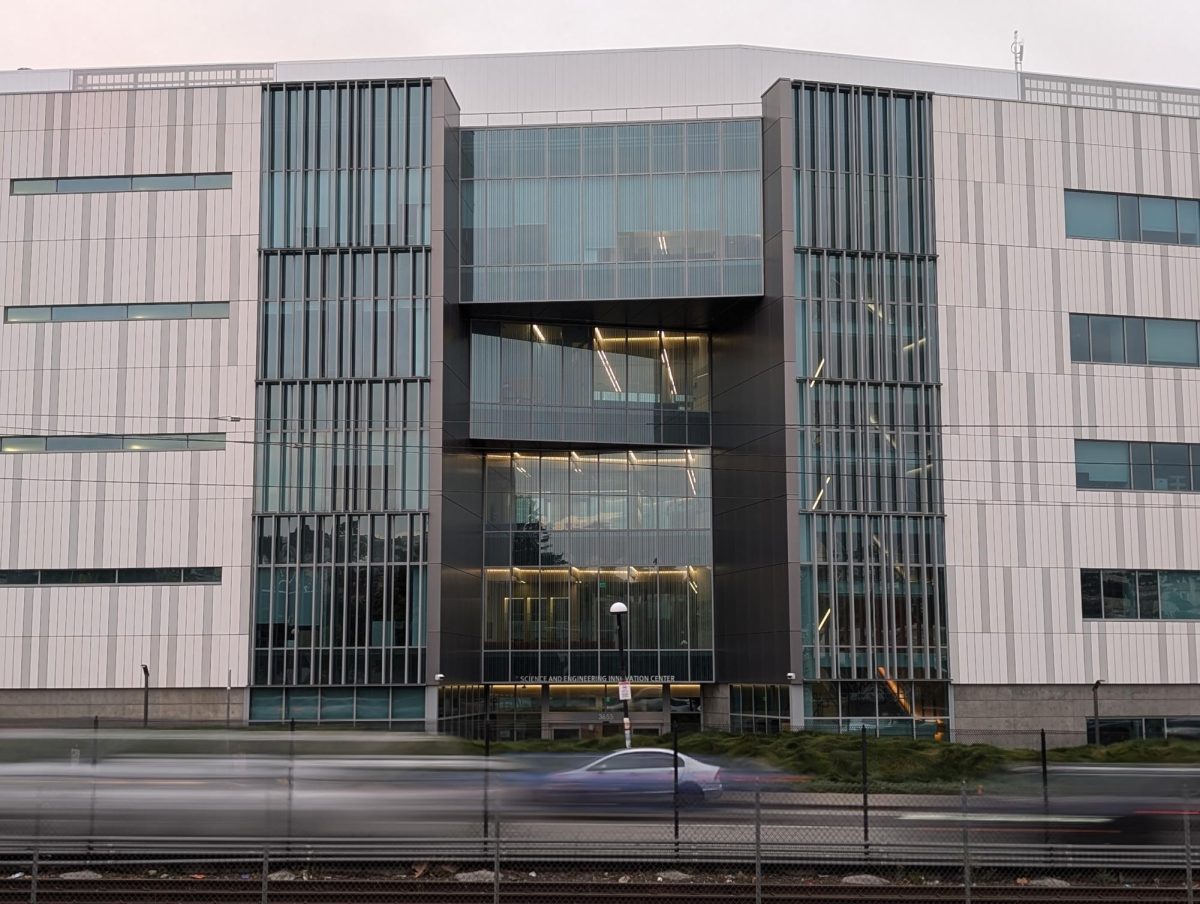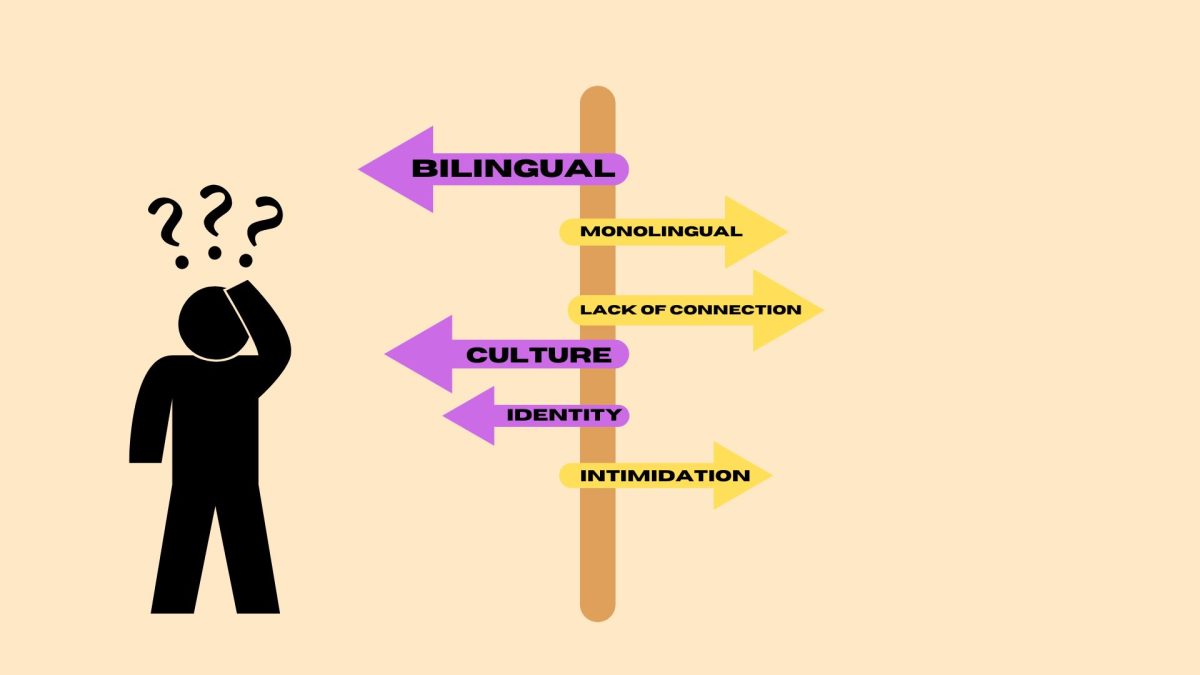If I were to give any SF State student advice, it would be this: Don’t enter the debt danger zone. Credit cards can provoke you to spend money that you can’t afford to spend. The inability to pay for overspending puts students in a debt trap.
There isn’t a problem with owning a credit card but once spending gets out of hand, it can easily put students in a hole. Remember, you’re not spending Monopoly money.
I have been offered many credit cards and declined them all. I knew they would become an enemy, not an ally, so I avoided the situation altogether.
As a lead cashier at a retail store, I’ve witnessed students open credit cards on the spot while carrying handfuls of clothes. It frightens me to hear they have never had a credit card before. They are putting themselves in debt for the wrong purposes.
It seems like common sense – the more you spend, the more you have to pay back. But that’s not stopping college students.
According to the Experian Analysis, statistics show student credit card debt went up over the past few years. The average balance went from $4,649 to $5,781 between 2001 and 2006, creating a 25 percent increase.
If you can’t afford it, put the card back in your pocket. Don’t think you can purchase a Prada bag if you didn’t have the funds before.
A good credit score can also make a huge impact on a student’s life.
Determining a credit score is based off a three digit number between 300-850. If an average person gets a score above 600 it is considered to be good credit. The score is seen as points. The higher the points, the bigger the reward is. Those points can make it easier to acquire college loans, low interest rates and higher credit limits.
However, credit cards allow students to not only “max out” from spending like a madman, but also strike out in the professional job market.
Employers are becoming more serious about credit scores and credit background checks. According to to the Society for Human Resource Management, accounts in debt collection can have a 49 percent impact on your chances of getting hired.
This adds on to the pressure of getting hired and being “established.” You might make a false impression to potential employers because you failed to maintain excellent credit.
Students need to use their credit card as a safety net, not the net that traps them and brings them to rock bottom.
Keep track of what you spend by saving receipts, and recording the amount. And remember, having no credit is better than bad credit.
Charge your card for survival necessities like food and gas. A piece of plastic can set you up for destruction in the future.
Bankruptcy filings reached up to 1.4 million in 2009, making young Americans the second-highest group claiming bankruptcy. Some of these cases may have been avoidable if they realized every dollar counts.
Don’t let dangerous credit cards make you penniless and another bankrupt statistic.






